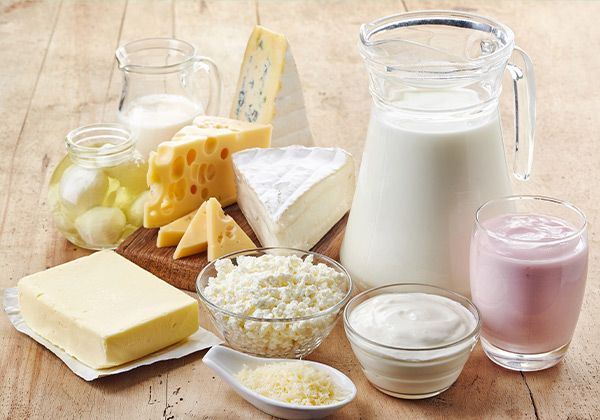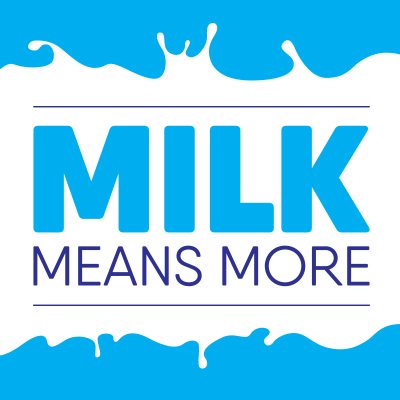Keeping Your Dairy Foods Safe: What You Need to Know

Grocery shopping in the heat of summer spells potential disaster for perishable foods like milk, butter and, of course, ice cream.
It’s a hot and sweaty race to load these items in your car and get home to the fridge and freezer as fast as possible. There are ways to gain an advantage in this race and help keep your dairy foods safe and avoid unwanted food waste.
Buying milk and dairy foods
- Place milk and milk products in your cart just before checking out of the grocery store.
- Choose milk in cardboard cartons or non-translucent jugs. Translucent containers allow light in that can cause milk to spoil more easily and more quickly.
Transporting dairy foods
- Take dairy foods straight home from the store and immediately put them in the refrigerator or freezer. In the summer, use insulated bags to transport dairy foods home in the car or pack frozen food around dairy foods for even better insulation and less cooling of both. If left in a hot car, some perishable foods may only remain safe for 30 minutes. Never leave perishable foods such as milk out of the refrigerator for more than two hours, depending on the outside temperature.
Storing and using dairy foods at home
- Refrigerate milk and milk products (yogurt, cheese) at 40º F or below as soon as possible after purchase. Store milk in its original container. Immediately store ice cream and other dairy foods that can be frozen in the freezer set at 0º F or below.
- Never store milk in the refrigerator door where it is susceptible to warmer temperatures from opening and closing the door.
- Return milk to the refrigerator immediately after use. Unused milk poured out of its container should never be returned to its original container.
- Keep milk containers closed to prevent the absorption of other flavors. Although this could change the taste, the milk is still safe.
Storage Guidelines for Dairy
|
DAIRY PRODUCT |
REFRIGERATED (below 40º F) |
FROZEN (at or below 0º F) |
| Milk, plain or flavored | 1 week | 3 months |
| Buttermilk | 1–2 weeks | 3 months |
| Cheese, hard (Cheddar, Swiss) | 6 months unopened;3–4 weeks opened | 6 months |
| Cheese, processed slices | 3–4 weeks | Does not freeze well |
| Cheese, shredded (Cheddar, etc.) | 1 month | 3–4 months |
| Cheese, soft (Brie) | 1–2 weeks | 6 months |
| Cottage cheese, ricotta | 2 weeks unopened;1 week opened | Does not freeze well |
| Cream, half & half | 3–4 days | 4 months |
| Cream, whipping, ultrapasteurized | 1 month unopened;1 week opened | Do not freeze |
| Sour cream | 7–21 days (follow date on package) | Does not freeze well |
| Yogurt | 7–14 days | 1–2 months |
| Ice cream | 2–4 months |
Source: Food Marketing Institute’s The Food Keeper.
For information about home food safety in general, visit www.homefoodsafety.org.


I did not notice that before I saw this article, really helpful. I should pay more attention to my daily diet. And I used to make the sour cream freezed. What a big mistake!
Thanks for that tip about not mixing new and old milk. I have seen whole cartons go bad before because someone did that! Storing and transporting temperature sensitive food is no joke. Make sure that things like milk are transported correctly!
Once a milk carton is opened, does it then have a shorter life, sooner than the best-by date. E.g., milk opened 16 times in 7 to 8 days before it’s empty. Should I get smaller containers to avoid this and to avoid GI symptoms noticed on day 8?
Hi Marie,
Once milk is opened it is generally still good for 2-4 days past the best-by-date. The number of times it is opened shouldn’t affect its shelf life. Storing it on an interior shelf of the refrigerator will help, as will buying smaller cartons if you don’t typically finish a larger carton quickly.
Sarah